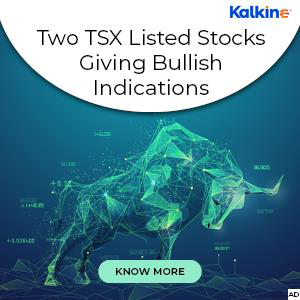Highlights
- Iron ore prices see a notable increase, rebounding strongly overnight.
- Commodities including copper and gold also advance despite geopolitical strains.
- The U.S. and China continue to impose heavy tariffs, yet the market responds with optimism.
In a surprising turn of events, commodity prices, including iron ore, exhibited resilience in the face of growing U.S.-China trade tensions. Iron ore specifically saw a significant upswing in its prices during overnight trading. The benchmark iron ore futures contract in Singapore rose by 2.1% to reach $96.80 a tonne, a sharp increase from the previous $94.78.
The uplift in iron ore (and other commodities like copper and gold) prices came amidst a broad rally across metals and commodities sectors. This rally occurred despite an escalation in trade tensions between the United States and China, two of the world's largest economies. The tensions escalated further when U.S. President Donald Trump did not exempt China from a new set of tariffs and instead increased the tariff rate on Chinese imports to an unprecedented 125%. This move was in retaliation to Beijing's decision to raise levies on U.S. imports to 84%.
Despite these geopolitical challenges, the commodities market responded positively. The price of copper and gold, along with oil, also climbed. This market behavior suggests that investors might be looking at the longer-term fundamentals of these commodities, which are influenced by a variety of factors beyond immediate geopolitical developments.
Investor sentiment in the commodities market often reflects broader economic expectations and the potential for future growth or constraints. The current resilience might indicate a belief that the underlying demand for these commodities will remain strong, or that the market has already adjusted to the realities of a prolonged trade conflict.
Furthermore, the 90-day pause in the imposition of new tariffs announced by President Trump may have provided a temporary relief, fueling optimism in the commodities market. This pause is seen as a window for potential negotiations and a step back from the brinkmanship that has characterized the U.S.-China trade relations recently.
The rise in commodity prices during a period of heightened geopolitical tension underscores the complex interplay of global trade dynamics, investor sentiment, and economic fundamentals. The commodities market continues to be a critical barometer of global economic health and investor confidence in the face of international disputes.





